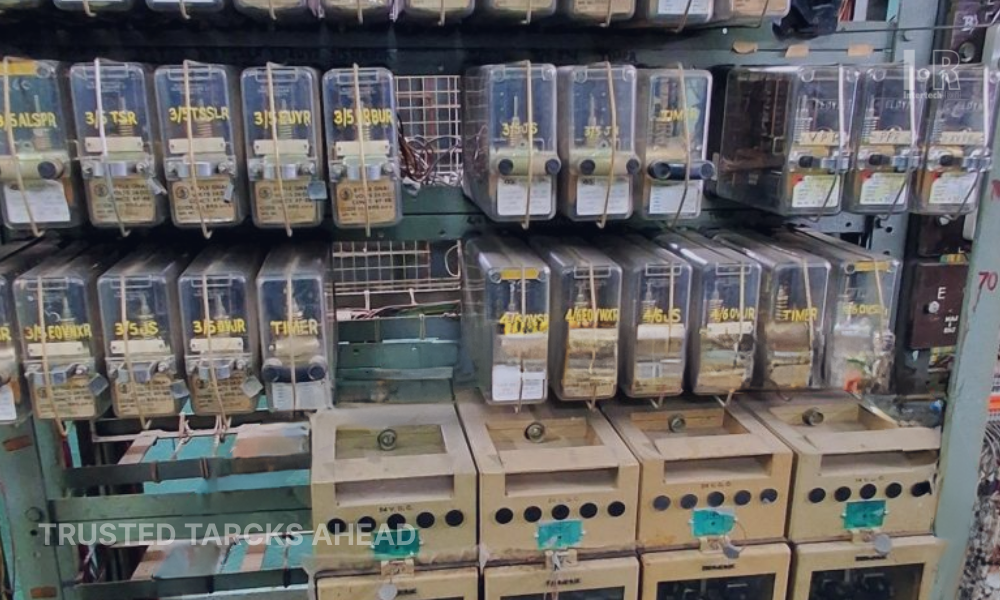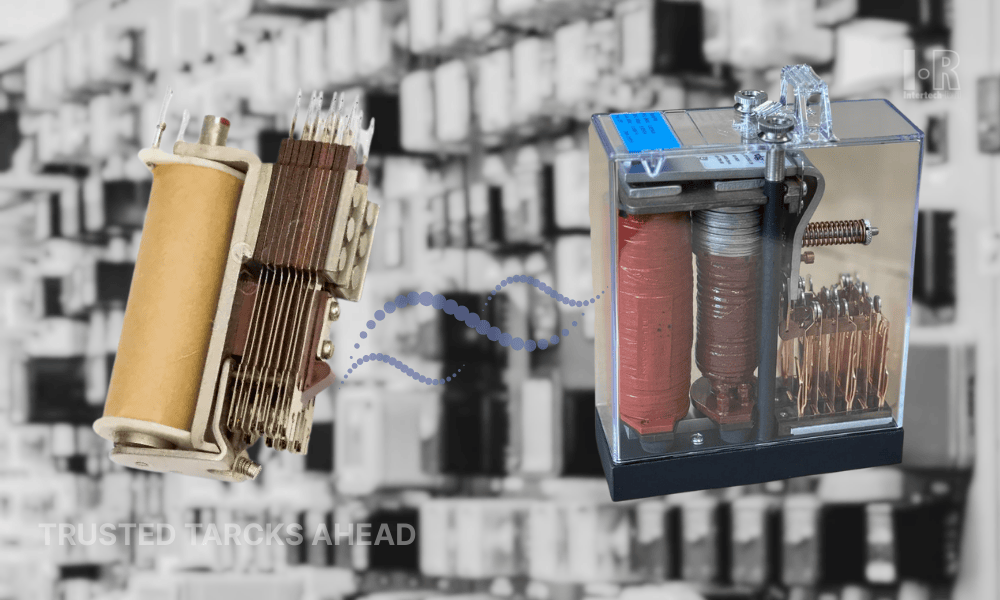Fail safe relays for interlocking system for rails
Fail-safe relays play a crucial role in interlocking systems in rail signaling. An interlocking system is a safety critical system that controls the movement of trains at junctions, crossings and other points on the railway network. It is essential that such systems operate reliably, as a failure could result in a train collision or other serious incident.
Fail-safe relays are designed to ensure that the interlocking system operates safely even in the event of a failure. They are typically used to monitor the position of points, signals and other equipment, and to detect faults or errors in the system. If a fault is detected, the fail-safe relay will trigger an alarm or other response to alert the operator or initiate a safety procedure.
Types of Fail-Safe Relays Used in Interlocking Systems for Rail Signaling
There are several types of fail-safe relay that are commonly used in interlocking systems. One type is the track circuit relay, which is used to detect the presence of trains on the track. When a train enters a track circuit, it closes an electrical circuit that is monitored by the relay. If the circuit is broken or the signal is lost, the relay will trigger an alarm or other response to alert the operator.
Another type of fail-safe relay is the point machine relay, which is used to control the movement of points or
switches. The relay is connected to the point machine and monitors its position. If the point machine fails or becomes stuck, the relay will trigger an alarm or other response to alert the operator or initiate a safety procedure.
The Importance of Redundancy Systems in Fail-Safe Relays
Fail-safe relays are typically designed with redundant systems to ensure that they operate reliably even in the event of a failure. For example, a track circuit relay may have two separate circuits, each monitored by a separate relay. If one relay fails, the other will continue to operate and provide a fail-safe backup.
In addition to fail-safe relays, interlocking systems may also use other safety features such as redundant power supplies, redundant control systems and fail-safe brakes. These features are designed to ensure that the system operates safely even in the event of multiple failures.
Fail-safe relays are a critical component of interlocking systems in rail signaling. They help to ensure that trains can move safely and efficiently on the railway network, while minimizing the risk of accidents or other incidents. By providing fail-safe backup and redundancy, they help to ensure that the system operates reliably even in the event of a failure, and provide an important layer of safety for passengers, operators and other stakeholders.




